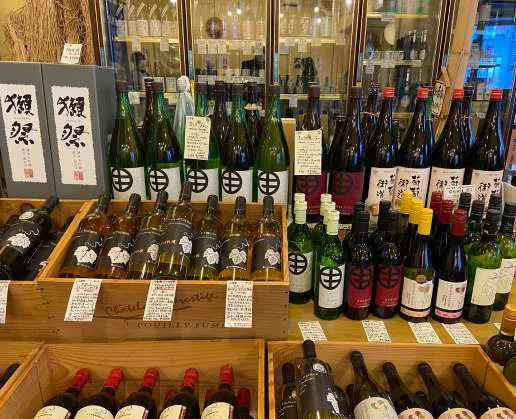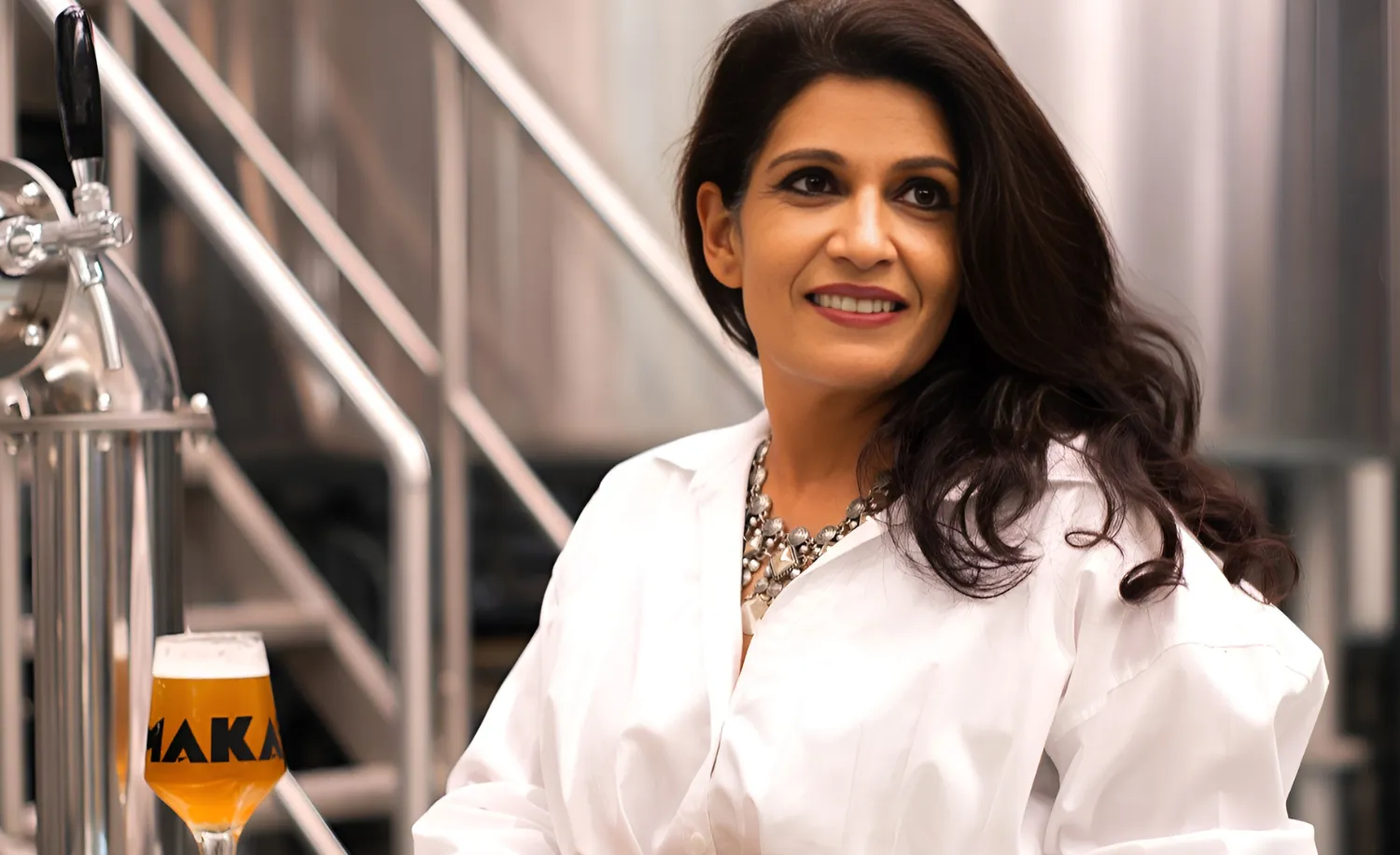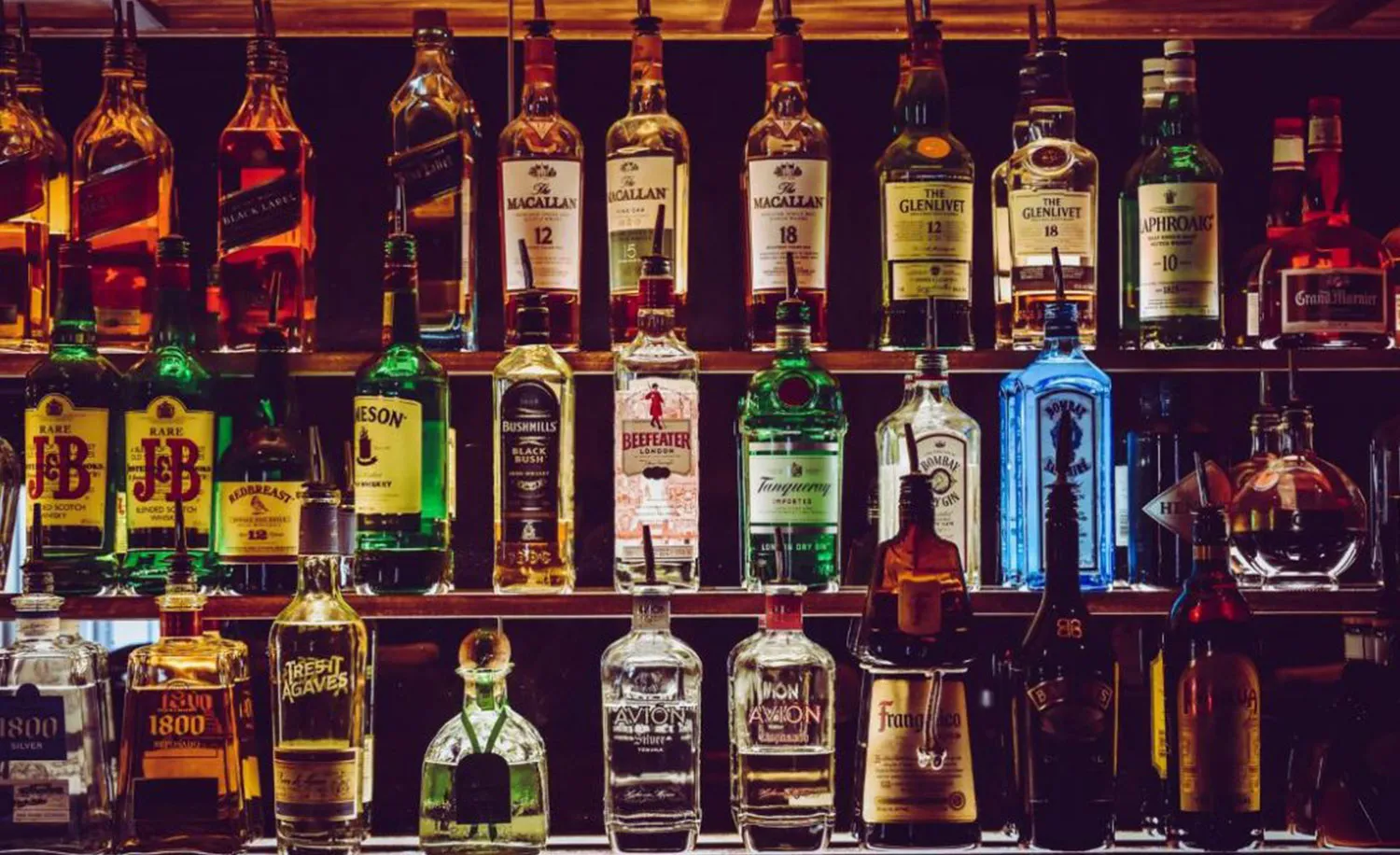High Hopes for Sake in India

Promoting sake & shochu across the globe is not an easy marketing endeavour. Sake, which is becoming popular all across the world, has a lot to achieve in terms of its export volume as currently more than 95 percent of the total produce of sake is consumed in Japan itself while only 5 percent finds its way to the foreign shores.
Promoting the beautiful rice-based elixirs is being done both at the Japanese government level as well as by the Japan Sake and Shochu Makers Association (JSS), who are trying their best to reach out to wine sommeliers and end-consumers to popularise these gems, reveals Hitoshi Utsunomiya, Director of the JSS, in his interaction with Bishan Kumar, at the company’s head office in Tokyo.
They say you reach a man’s heart through his stomach. But for reaching the stomach you have to often employ savvy marketing initiatives. The Japan Sake and Shochu Makers’ Association (JSS), the nodal agency responsible for promoting the exotic Japanese rice- based sake, shochu and other traditional alco-beverages of Japan, are tempting Indian palates by encouraging pairing Japanese cuisine with varieties of sakes & shochus.
They have taken this indirect route since Japanese restaurants are already quite popular in India. “As there are many new Japanese restaurants opening up in India, we will have more sakes and shochus exported to India and soon sake and shochu will hold pride of place on Indian palates,” hopes Hitoshi Utsunomiya.

Regarding export of sakes, the high prices of sakes makes their export to India very limited. “While sake is cheap in Japan but when it goes outside the country it becomes costly as there is shipment cost, custom duty and state excise duties to be incurred,” he adds. For instance, a bottle of fine sake would cost roughly 1500 yen which translates to USD 60 for a bottle in other countries; a price which is likely to be out of reach for majority of India’s alcobev consumers.
“If I want to sell my sake to India, I will have to approach the affluent class; who have the money and the curiosity for tasting different wines and drinks,” he observes. Sake is a fermented alcoholic beverage, containing 2 or 3 percent more alcohol than your average wine and shochu is a distilled spirit. In marketing sake to India, wine drinkers in the country need to be targeted.
“We will try to find people who love wines and want to learn about wines. They are expected to appreciate sake,” elaborates the Director.
However, the fact that sake’s export to India is very limited reflects on the immense scope and opportunity to popularise it in India. “We can’t control sakes’ export prices so we just need to find people who can afford it,” he explains.
One way to popularise sake in India is to negotiate with the Indian government to drastically reduce duties on alcoholic beverages under the Comprehensive Economic Partnership Agreement (CEPA) between India and Japan, he points out. JSS and the Japanese government have already requested Indian authorities to bring down duties on imported alco-beverages from Japan extensively.
Export Challenges
Setting things in perspective, Utsunomiya gives a lowdown on the sake industry back home. In Japan, there are about 1700 operational sake breweries and shochu distilleries. Most of them are members of JSS. JSS members enterprised 1377 sake breweries, while 271 honkaku, shochu and awamori makers, and 13 hon mirin makers. in March 2022.

Sake is being exported to 75 countries. Surprisingly, only 5 percent of the total production of sake from Japan is exported to other countries, while 0.7 percent shochu from Japan is exported to other countries. It entails only 5 percent of sake consumers are from outside Japan.
Even at home, the sake consumption is mired with challenges. Younger people in Japan around the age of 20 years or less are tending to drink less alcohol as compared to its older population.
Hidden Gems
We discussed the nuances of shochu about which awareness in India is even less than that of sake. “As for shochu, it is made from different varieties of potatoes and other ingredients like barley, rice, millets and other ingredients. Sake and shochu both use koji as a mold for fermentation. Barley, rice and sweet potatoes are used to make shochu,” Utsunomiya. informs.
“People say shochu is Japan’s hidden gem and its best-kept secret. As for awamori, it originated from Okinawa Island. It is made from koji but its fermentation process is different from that of sake,” he adds further.
To read full story, subscribe to Spiritz Magazine








